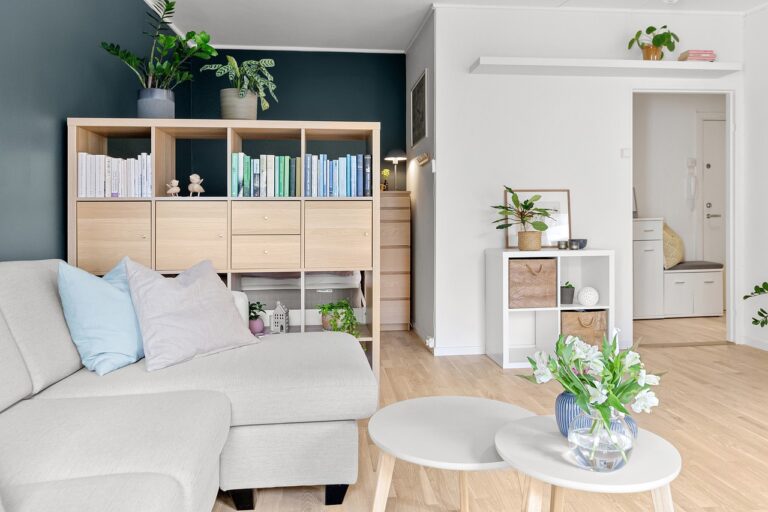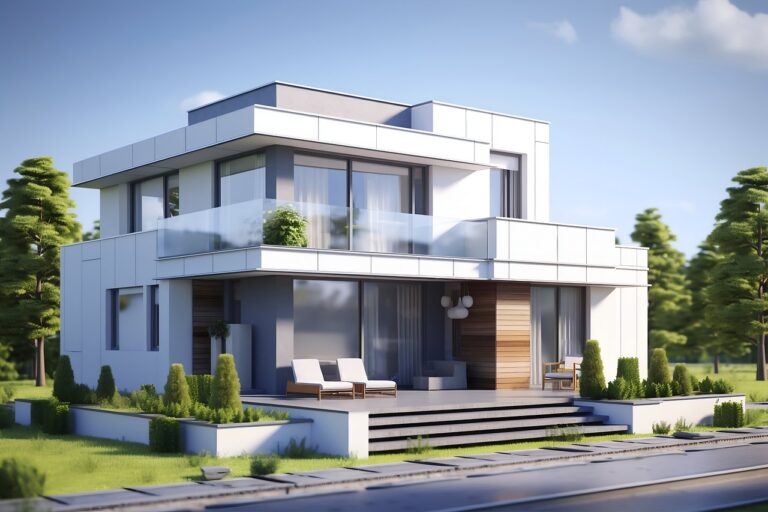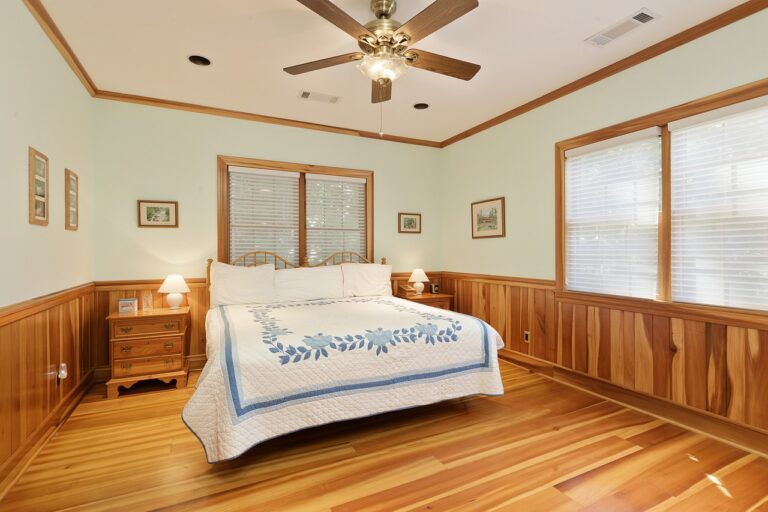The Benefits of Passive Solar Design: Harnessing Natural Energy for Heating and Cooling
In passive solar design, sunlight is harnessed to provide natural heating and cooling within buildings. This sustainable architectural approach optimizes the building’s orientation and design to passively capture and retain heat during the winter months, while minimizing solar gain in the summer to reduce the need for mechanical heating and cooling systems. By strategically placing windows, thermal mass, and shading elements, passive solar design maximizes energy efficiency and minimizes reliance on nonrenewable resources.
By utilizing the free and abundant energy of the sun, passive solar design not only reduces energy costs but also lessens overall energy consumption. This eco-friendly design strategy helps homeowners and businesses lower their carbon footprint and contribute to a greener environment. Moreover, the incorporation of passive solar principles enhances indoor comfort levels by creating a consistent and pleasant thermal environment throughout the year, promoting well-being and productivity.
Reduces Energy Costs and Consumption
Passive solar design offers an environmentally friendly solution to reducing energy costs within homes and buildings. By harnessing the power of the sun through strategic architectural elements such as large windows, thermal mass, and overhangs, spaces can be naturally heated during colder months and cooled during warmer months. This not only minimizes the need for traditional heating and cooling systems but also significantly decreases energy consumption, leading to lower utility bills for homeowners and building owners.
In addition to saving money on energy bills, the implementation of passive solar design can also contribute to a more sustainable lifestyle. By relying on the free and abundant energy of the sun, individuals can reduce their reliance on fossil fuels and other nonrenewable energy sources, helping to decrease their carbon footprint. As a result, passive solar design not only benefits the occupants of the building through improved comfort levels and lower energy costs but also plays a crucial role in promoting environmental conservation and combating climate change.
• Passive solar design harnesses the power of the sun through strategic architectural elements
• Large windows, thermal mass, and overhangs help naturally heat and cool spaces
• Reduces the need for traditional heating and cooling systems
• Decreases energy consumption leading to lower utility bills
In addition to saving money on energy bills:
• Contributes to a more sustainable lifestyle
• Reduces reliance on fossil fuels and nonrenewable energy sources
• Helps decrease carbon footprint
• Promotes environmental conservation and combats climate change
Improves Indoor Comfort Levels
When it comes to creating a comfortable indoor environment, passive solar design plays a crucial role. By strategically positioning windows and utilizing thermal mass materials, passive solar design helps regulate temperature fluctuations throughout the day. This results in a more consistent and comfortable indoor climate, reducing the need for artificial heating or cooling systems that can sometimes lead to uneven temperatures and drafts.
Furthermore, the natural ventilation promoted by passive solar design not only enhances indoor air quality but also contributes to a sense of freshness within the living space. By harnessing the power of sunlight to passively heat and cool the interior, occupants can enjoy a more sustainable and harmonious relationship with their surroundings. Ultimately, improving indoor comfort levels through passive solar design goes beyond just physical factors; it fosters a holistic sense of well-being and connection to the natural world.
How does passive solar design utilize sunlight for heating and cooling?
Passive solar design uses building elements such as windows, roof overhangs, and thermal mass to capture and retain sunlight for natural heating in the winter and shading in the summer.
How does passive solar design help reduce energy costs and consumption?
By harnessing the sun’s energy for heating and cooling, passive solar design reduces the need for mechanical heating and cooling systems, leading to lower energy bills and decreased energy consumption.
How does passive solar design improve indoor comfort levels?
Passive solar design creates a more consistent and comfortable indoor temperature throughout the year, minimizing cold spots and reducing the need for artificial heating or cooling. This leads to a more comfortable living environment for occupants.







